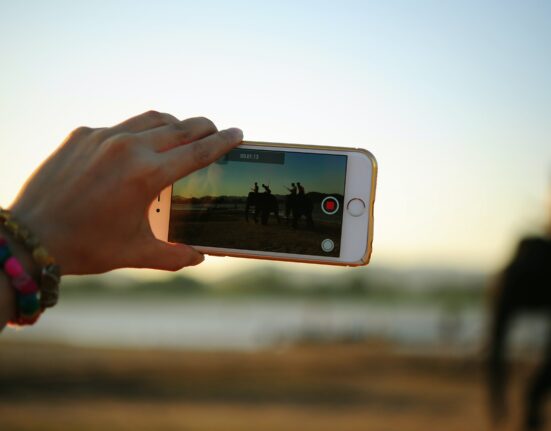Kelaher suggests phrases like, “If I’m hearing you correctly…” and “If I’m getting this right….” For example, “So if I’m understanding, this promotion has been way more stressful than you anticipated?” Then, when you summarize and make sure you’re on the identical page, you may add some validation too. “Ugh, it’s so tough when something you were pumped about turns out differently than you expected.”
On the opposite hand, don’t fake it should you’re unsure what’s on the crux of what they’re telling you. Instead, ask for clarification. As for a way….
3. Ask easy, open-ended questions.
You may feel the necessity to ask really insightful or detailed follow-up questions, whether to prove you’ve been listening or flex your prowess as a conversational partner. But actually, a few of the handiest things you may say as a listener are pretty easy. “Maintaining a sense of curiosity is key,” Kelaher says. It can show you how to zero in on what’s vital to the opposite person—and keep you from jumping to conclusions.
Kelaher and Houston each recommend some variation of: “Tell me more.” You can switch it up to be more specific, like “Tell me more about how you were feeling when X thing happened” or “Can you help me understand what Y experience brought up for you?” Whatever helps them expand on what they’re saying—and increases your individual comprehension.
4. Don’t rehearse your replies while they’re talking.
It’s tempting—when someone you care about shares a problem or vulnerability, it’s natural to want to say the “right” thing. Not to mention, research shows that folks tend to think faster than they talk, so it’s no wonder our thoughts pile up before our convo partner finishes speaking. But should you’re busy formulating your individual response, you may’t actually concentrate to what they’re saying. “We spend too much time in our own heads instead of being present in the conversation, which is a core component of active listening,” Kelaher says.
The next thing , you’re focused on finding a gap on your prepared response, which suggests you’re listening even less. And realistically, the opposite person will likely pick up on cues that your mind is elsewhere. Speaking of….
5. Watch your body language and eye contact.
“So much of communication is nonverbal,” according to Kelaher. “Are you looking in their eyes? What is your body posture like? Are you facing one another?” These small cues might be the difference between signaling “open and understanding” and “closed off and disconnected, she says.” I’m sure you may guess which certainly one of those is preferable for this whole energetic listening thing.
That said, don’t put much pressure on yourself to look and act a certain way, lest you turn into more preoccupied with performing as a good listener than actually being one. “Not everybody shows up in the same way to conversations,” Houston says, noting that some folks have trouble with eye contact, sitting still, and other nonverbal cues for a number of reasons including neurodivergence. “That doesn’t mean you’re not capable of providing a warm empathic presence in your own way.”




















